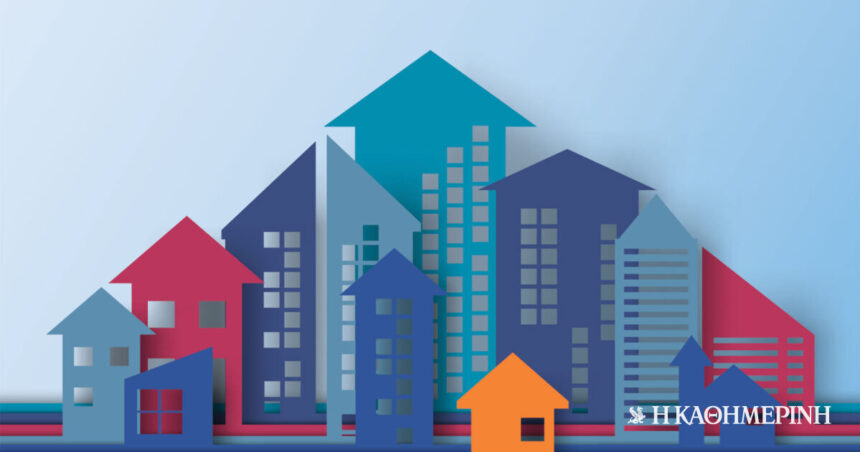The two “extremes” of the energy certificate have seen the biggest price increases in recent years, according to Spitogatos Insights data. Specifically, the most “green” and the least “green” properties also show the highest price increases during the period 2020-2023.
As can be seen in category A+ and category F (penultimate), the increase in prices is of the order of 33.0% and 33.5% respectively. In the most profitable properties, the average asking price today in the whole of Attica is 4,800 euros/sq.m., compared to 3,600 euros/sq.m. Three years ago.
This rise is the result of the very large rise of construction materials in recent years, but also of labor costs, as the properties in the category are mainly newly built.
Accordingly, in the less efficient properties (category F), the average sales price is currently 2,160 euros/sq.m., from 1,616 euros/sq.m.
This is explained by the shift of many interested buyers to more affordable homes, which, however, are older and therefore offer very low energy efficiency. However, given that the demand is higher compared to the supply, the prices have registered a significant increase.
As a recent banking group analysis reported, during the financial crisis there was a significant deterioration in the existing stock of older homes, with the result that many of them are unsuitable for sale. According to the relevant estimate, during the decade 2012-2022, almost 250,000 residences were significantly degraded, as a result of which their marketability was correspondingly reduced.
The investments made in the last decade for the maintenance and reconstruction of buildings were estimated to be 35 billion euros short of what was required to maintain their value
It is recalled that 55% of the existing housing stock was built before 1980, which significantly reduces its appeal, given the new building and energy efficiency standards. The largest percentage of these properties have not been upgraded/renovated in the intervening years, as the investments made in the last decade for the maintenance and reconstruction of buildings, are estimated to have fallen short by 35 billion euros compared to those required to maintain the value of the existing building stock.
In the meantime, with a recent decision of the plenary session of the European Parliament, a community directive was passed, based on which from 2030 onwards the mandatory energy upgrade of the EU’s housing stock should begin.
This obligation will only concern the properties that are classified in the two lowest categories of the energy certificate and are either sold or leased (with new lease contracts). Thus, those owners who wish to transfer or rent out their property, should have previously taken care to upgrade it energetically.
For example, an apartment in the center of Athens, which is currently in the lowest category G of the energy certificate, should undergo energy upgrading works costing 15,000 – 20,000 euros, in order to insulate it and be able to upgrade it energy wise as required two categories, going up e.g. in E category. From 2033, the minimum “bar” is set to the next highest category D.
The risk for 2.2 million properties
In practice, more than 50% of the country’s building stock, or 2.2 million properties based on the 2011 census, will become unmarketable from 2030 onwards, unless tens of billions of euros of investment are made by then. This size applies to all buildings constructed from the end of World War II until the end of the 90s. The majority of these buildings lack thermal insulation, which is the most basic component of an energy upgrade, to reduce energy consumption and therefore pollutant emissions. Today, a building from the 60s remains in the lowest category of the energy certificate, even if it has been made e.g. installation of aluminum energy frames.








